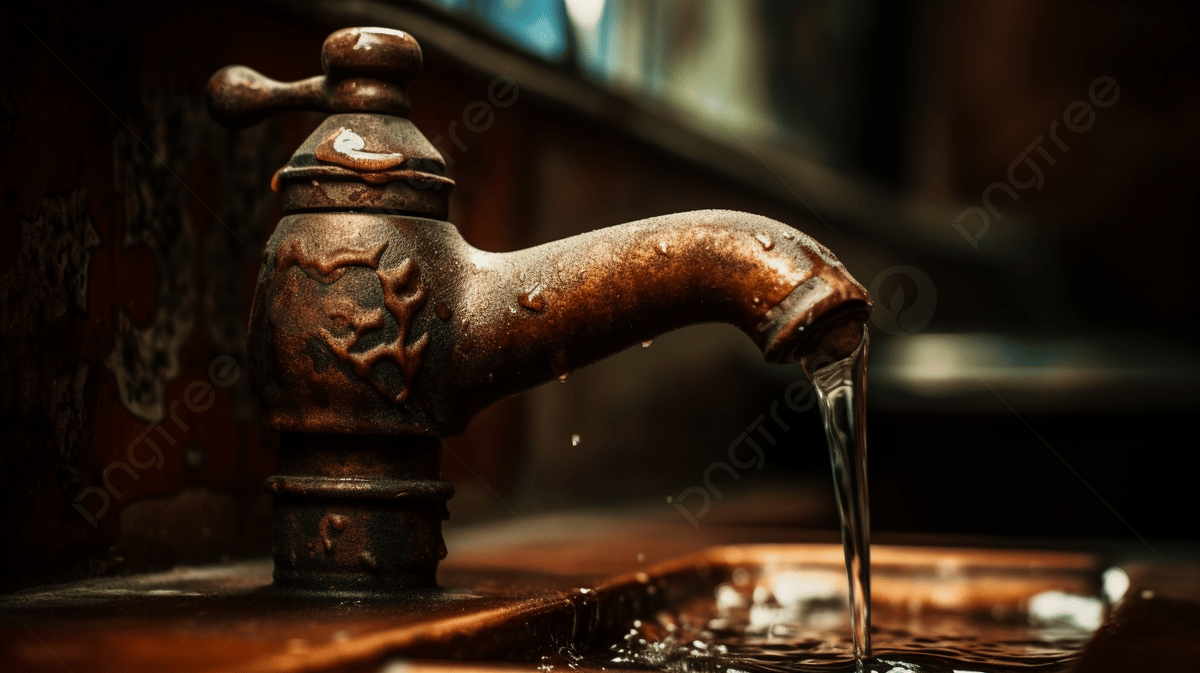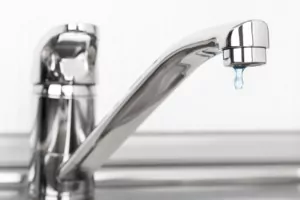The Consequence of Dripping Faucets
The Consequence of Dripping Faucets
Blog Article
What are your concepts on Health Risks Posed by Leaking Faucets?

Intro
A leaky faucet may look like a small nuisance, however its effects expand much beyond the periodic drip. Recognizing the effects of a leaky faucet is essential for both homeowners and the environment. In this article, we'll discover the different impacts of this usual family issue and why resolving it immediately is crucial.
Causes of Leaky Faucets
Leaky taps can arise from a selection of elements, including deterioration, high water stress, and deterioration. With time, the continuous use taps can cause worn-out seals and gaskets, triggering leaks to create. Furthermore, too much water pressure can put strain on plumbing components, resulting in leakages. Deterioration and corrosion can likewise damage faucet components, making them susceptible to leak.
Water Wastefulness
Among the most significant consequences of a leaky faucet is water wastage. Even a tiny drip can add up to gallons of drainage with time. This not only increases water expenses however also adds to water deficiency and ecological deterioration. Addressing leaking faucets promptly is crucial for preserving this precious source and reducing its influence on the world.
Financial Impact
In addition to wasting water, dripping taps can additionally have a significant financial impact. Boosted water costs are a straight repercussion of water wastage, costing property owners hundreds of bucks yearly. Moreover, the expense of repairing water damages caused by leakages can be significant, specifically if left unattended for a prolonged duration.
Environmental Effect
The ecological impact of leaky taps extends beyond water wastefulness. By preserving water, home owners can add to more comprehensive initiatives to reduce water scarcity and shield all-natural environments. Sustainable choices such as rainwater harvesting and water-efficient components can even more reduce the ecological footprint of house water usage.
Technical Solutions
Innovations in innovation have actually resulted in the growth of wise faucets and water-saving tools that assist decrease water waste. Smart taps utilize sensing units to spot movement and readjust water circulation accordingly, decreasing waste without compromising ease. Water-saving devices such as aerators and low-flow showerheads are also effective in conserving water without jeopardizing performance.
Worldwide Point of views
While leaking faucets may look like a localized problem, they contribute to broader global challenges such as water scarcity and environment adjustment. In areas already facing water stress and anxiety, every decrease counts, making leak avoidance and repair work vital. By embracing water-saving techniques and purchasing lasting innovations, house owners can play their component in dealing with these pressing global concerns.
Regulatory Measures
Government regulations play an important function in reducing the effect of leaking faucets and promoting water conservation. From developing codes that require water-efficient fixtures to water-saving motivations and rebates, policymakers have a range of tools at their disposal. By implementing and imposing these regulations, governments can ensure that homeowners focus on water preservation in their lives.
Community Influence
Resolving leaking faucets requires cumulative initiatives at the community level. By raising recognition regarding the relevance of water conservation and supplying resources for leakage detection and repair work, neighborhood authorities can empower home owners to take action. Campaigns such as water-saving rebate programs and leak discovery projects can incentivize behavior modification and promote accountable water use.
Case Researches
Real-life instances of the influence of leaky faucets emphasize the relevance of aggressive upkeep and prompt repairs. From water damages to skyrocketing water bills, the effects of overlooking leakages can be severe. By sharing these case studies, house owners can much better recognize the relevance of attending to leaking taps immediately.
Educational Campaigns
Educational campaigns play an essential role in raising understanding about the impacts of leaky taps and advertising water preservation methods. Via workshops, workshops, and on the internet sources, home owners can find out exactly how to spot and repair leakages themselves. By empowering individuals with expertise and tools, instructional campaigns can cultivate a culture of liable water usage within neighborhoods.
Health Worries
Dripping faucets can create conducive settings for mold and mildew and mildew development, positioning health dangers to occupants. The visibility of mold and mildew can exacerbate respiratory system concerns and allergic reactions, specifically in susceptible individuals. In addition, water damages arising from leakages can endanger the structural stability of structures and bring about costly repairs.
DIY vs. Expert Repair work
When faced with a leaking faucet, house owners frequently question whether to try fixings themselves or employ a specialist plumber. While DIY fixings can save money, they may not always address the hidden concern properly. Expert plumbing professionals have the expertise and devices to detect and repair leakages correctly, guaranteeing long-term options and satisfaction for property owners.
Safety nets
Protecting against leaky taps calls for routine maintenance and proactive procedures. Simple tasks such as changing worn-out washers and seals can avoid leaks from developing. In addition, upgrading to premium components and reducing water pressure can help lengthen the lifespan of faucets and minimize the risk of leaks.
Verdict
In conclusion, the impacts of a leaking tap expand far beyond the occasional drip. From water waste and enhanced water bills to health concerns and ecological impact, the repercussions of disregarding leaks can be considerable. By addressing dripping faucets without delay and taking on water-saving methods, homeowners can mitigate these effects and add to a much more sustainable future.
Why You Shouldn’t Ignore a Leaky Faucet in Your Home
What Causes a Leaky Faucet?
Various factors can cause a leak, from loose and worn-out parts to corrosion. Your faucet has four essential components from which most plumbing issues will stem: the O-ring, the valve seat, the washer and the gasket.
What Is an O-Ring?
The O-ring is a stem screw that fastens parts of the faucet in place, preventing water from leaking out of the spout. Depending on your faucet type, the stem might have multiple O-rings. Water will drip from the faucet’s handles and base if this part breaks or deteriorates.
What Is a Valve Seat?
The valve seat controls the flow and temperature of the water. Found at the base of the handle, it works as a seal for the faucet’s stem. The valve seat ensures the water is allowed to flow or is blocked as the handles dictate. You’ll know it’s malfunctioning when water leaks from your faucet’s sides.
What Is a Gasket?
The gasket is found between the water inlet and the valve stem. It creates a seal between the faucet and the sink, holding its joints by aerators attached to the stem’s head. Water will trickle out from the base if the gasket isn’t working.
What Is a Washer?
The washer secures the handles and prevents leakage, serving a similar purpose to the O-ring. While the O-ring is ordinarily round and made from an elastic material, such as rubber, the washer is square-shaped and composed of brass, copper and other hard metals. If it malfunctions, corrodes or has been improperly installed, water will leak out of the handles, causing that incessant faucet drip.
Why Is a Leaky Faucet Dangerous?
A leaky faucet left alone for too long can have significant consequences.
Pest Infestations
Since bugs and rodents gravitate towards the scent of water, a leaky faucet will draw pests to your sink. Both are looking for leaks accessible through crawl spaces, which a faucet provides. If you leave water dripping for too long, you run the risk of an infestation.
Rust
If one of the faucet parts has started to corrode, the resulting rust can spread to your pipes and valves with startling speed. The rust might even lead to cracks or other impairments, resulting in more severe plumbing issues.
Your sink could also sustain damage from a leaky faucet. The water in your tap possesses sparse elements of calcium and iron that can stain your sink with repeated and prolonged exposure. Once those elements in the water have been open to the air for some time, your sink will start to rust, creating marks that can be difficult to remove.
https://www.tomsmechanical.com/blog/why-you-shouldnt-ignore-a-leaky-faucet-in-your-home

I ran across that blog entry on The Environmental Impact of Leaky Faucets when surfing around the internet. Make sure you set aside a second to distribute this blog if you enjoyed it. Thanks a lot for your time spent reading it.
Report this page